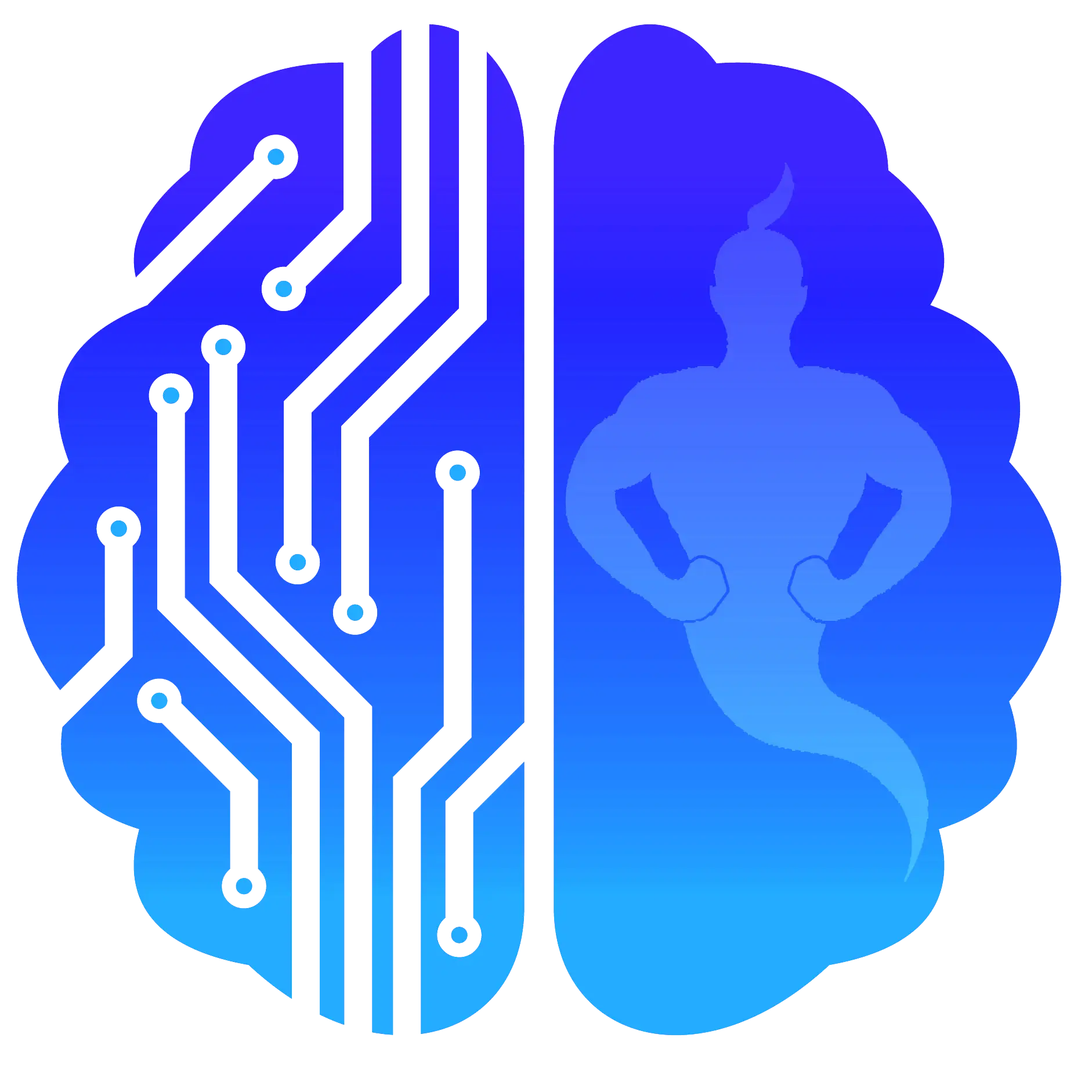ChatGPT, developed by OpenAI, has transformed the landscape of AI generation tools. Thanks to its ability to understand a wide range of subjects, it serves machine learning engineers and technology enthusiasts alike.
ChatGPT architecture and training
The basis of Transformer Architecture
The ChatGPT model is based on an innovative architecture called Transformer. This technology is essential for the efficient processing and generation of human language, facilitating natural, fluid interactions.
The Reinforcement Training Process
ChatGPT was initially refined by a supervised fine-tuning process, where simulated interactions formed the basis of its learning. This was followed by optimization via a reward model, further refining the model's ability to respond in a contextually relevant way.
Data sources for ChatGPT training
Data Collection and Selection
ChatGPT draws its knowledge from a vast collection of data from several distinct sources to ensure richness and diversity of content. These sources include :
- Public Internet: Access to millions of web pages, including news articles, blogs, online encyclopedias and discussion forums, from fields as varied as education, technology, health and social sciences.
- Third-party licenses: Use of licensed content from academic and professional data publishers and aggregators, who enrich the database with specialized, high-quality information.
- User and trainer contributions: Real-time interactions with users and simulated scenarios by OpenAI trainers, who teach the model the subtleties of human language.
Data Quality and Security Management
To maintain data quality and security, OpenAI implements rigorous mechanisms :
- Filtration and Curation: A filtration process removes any inappropriate content, such as hate speech or misinformation, before integrating the data into the training database.
- Continuous Updates and Revisions: The database is regularly updated to include new information and revise existing data, ensuring the model's ongoing relevance.
- Diversity and Representativeness: Efforts to cover a wide range of perspectives and contexts, collecting data in different languages and from various geographical regions to avoid cultural or ideological bias.
Implications and uses of ChatGPT
Versatility and Applications
ChatGPT's versatility means it can be adapted to a wide range of applications, from content creation to language translation, demonstrating its usefulness in a multitude of scenarios.
Engagement and User Interaction
ChatGPT is designed to offer intuitive, natural interactions, making the technology accessible to all users, whatever their expertise and technological needs.
Conclusion
OpenAI's ongoing development of ChatGPT demonstrates the organization's commitment to improving human-machine interaction. Understanding ChatGPT's training process and data sources helps to appreciate the sophistication of this technology.

